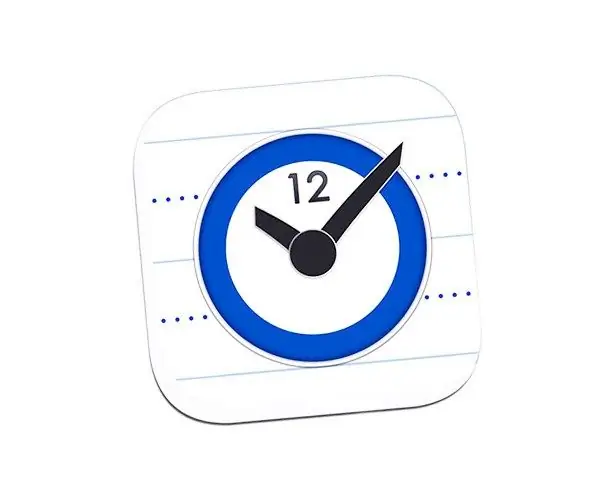If suddenly a PC user needs to launch and disable a program on a schedule, the built-in Windows "Task Scheduler" can come to the rescue. You can easily schedule the display of a message, sending mail, launching any program. You can read below what you need to disable and start programs on a schedule.

Features of the "Task Scheduler"
To start Task Scheduler, click on the Start button located at the bottom left of the desktop. Next, enter the word "scheduler" in the search box and press the "Enter" button (In the English version of Windows, the command tasksch.msc is entered instead of the word). The program can be opened in another way - by clicking on "Start", then "Control Panel" (advanced view), then "Administrative Tools" - "Task Scheduler".
Now look for the Actions menu on the right side of the program window. You can choose from the list several ways to create a task. The most common are Create Task and Create Basic Task. After that, in the task creation window, enter the description and name of the new task. It is also possible to activate the "Run with highest rights" function, if, of course, you need administrator rights to run.
Switching to the Triggers tab, click the New button and assign a date, frequency and time to the task. To set the end date for the task, activate the "Expiration date" next to it, specifying the time and date there.
Once on the Actions tab to create a task, click the Create button. In order for the program to run according to the selected schedule, in the “Action” drop-down list, select “Start the program”. Then click on the "Browse" button and specify the path to the executable file. With files, that's all.
Scheduled Mail Sending
For scheduled email sending, select Send Email from the Action drop-down list. Fill in the standard fields: email address and name, recipient name and address, message header, message text. Use the Browse button to specify the location of the uploaded file, if necessary. In the "smtp Server" field, insert your e-mail smtp server and then click on the "OK" button.
Displaying a scheduled message
To display a scheduled message on the screen, select Display Message from the Action list. Mandatory fields "Message" and "Title". Here the user is stopped only by fantasy. This can be a reminder to feed the cat, turn off the stove, visit some website on the Internet. It is possible to set the conditions for the fulfillment of the task, for this click the "Conditions" button. Additional settings can be adjusted on the "Parameters" tab.
To finally create a task, you need to complete all actions and click the "OK" button. The created task can be changed, to do this, select the task in the list, in the right menu, click the "Properties" button. By clicking on the "Ok" button, the changes made are saved.
Deleting a task and autorun the scheduler
To delete a scheduled task, open the Task Scheduler, select the required task from the list, and click the Delete button in the right menu. To start the scheduler when Windows starts, select "Administrative Tools" in the "Control Panel", then "Services". In the list, open the "Task Scheduler", double-click on it, on the "General" tab set the startup type to "Auto", to apply the changes, click "OK".






